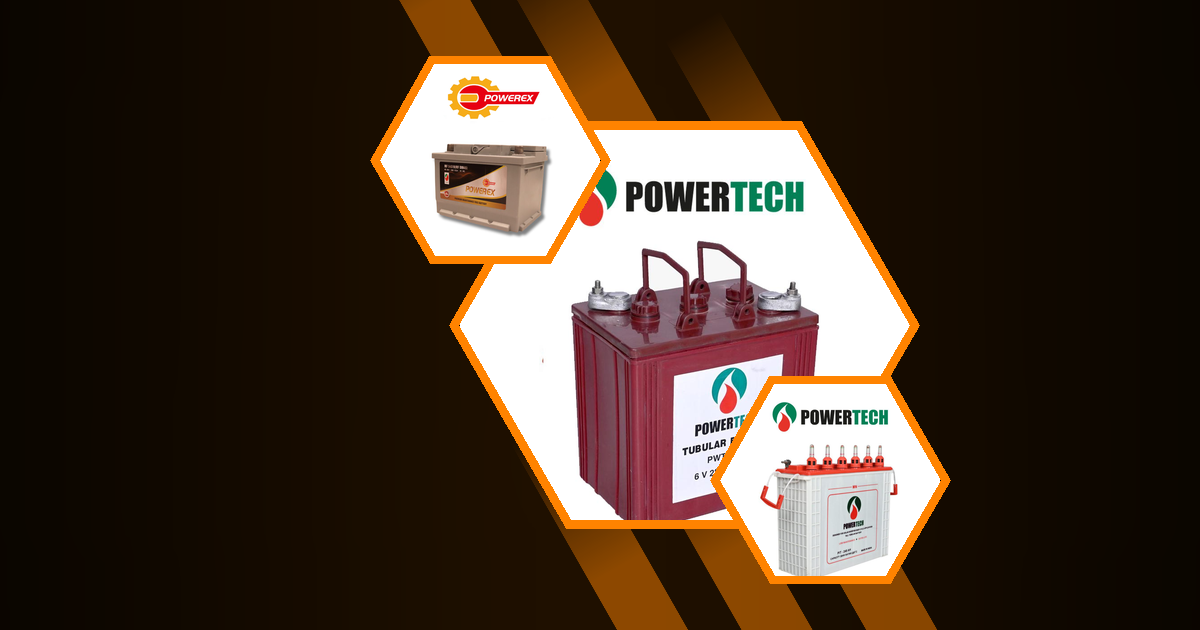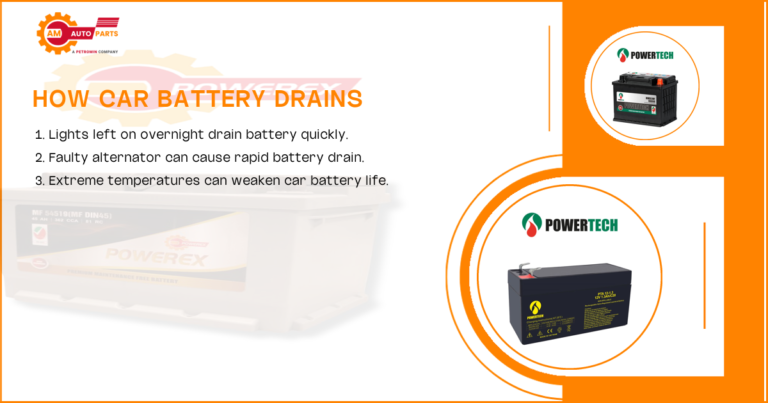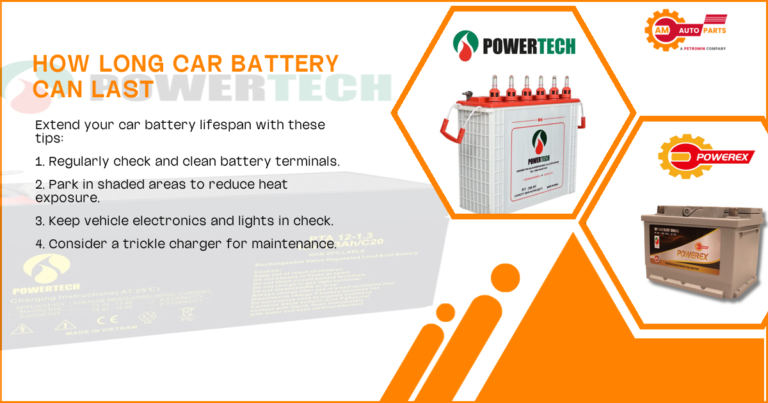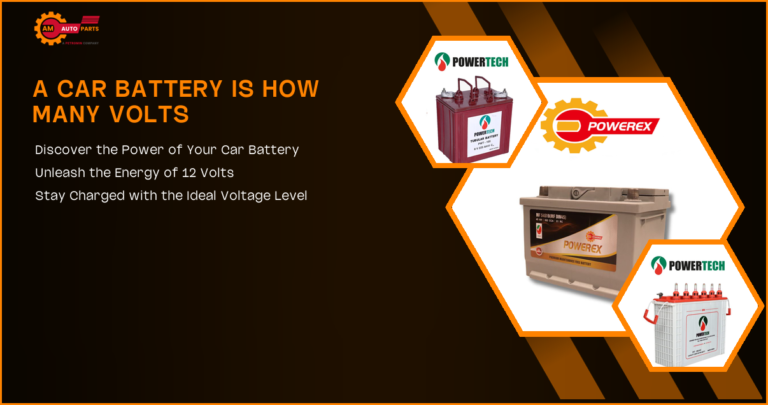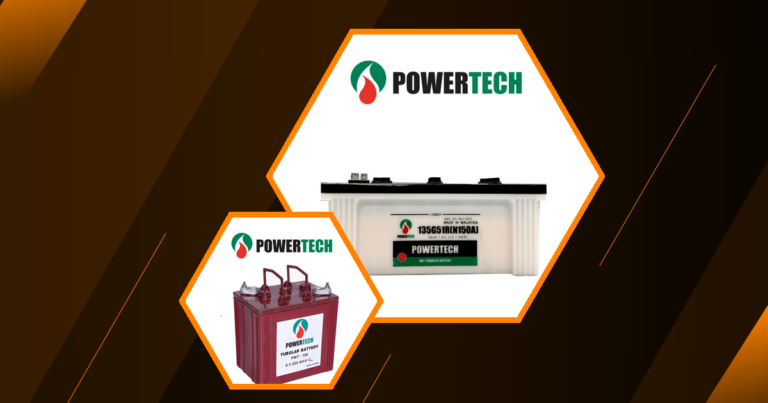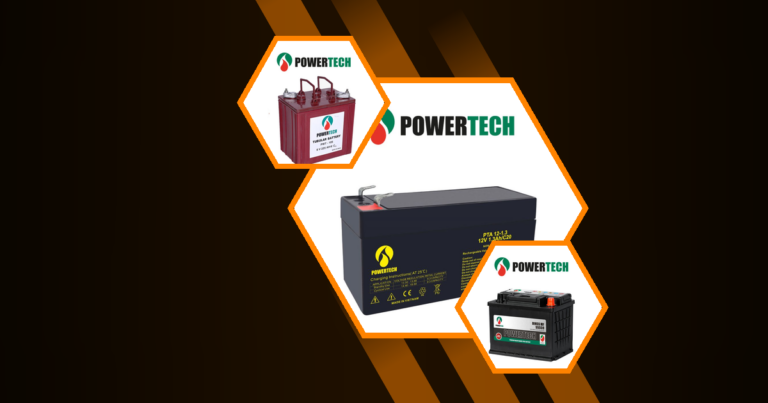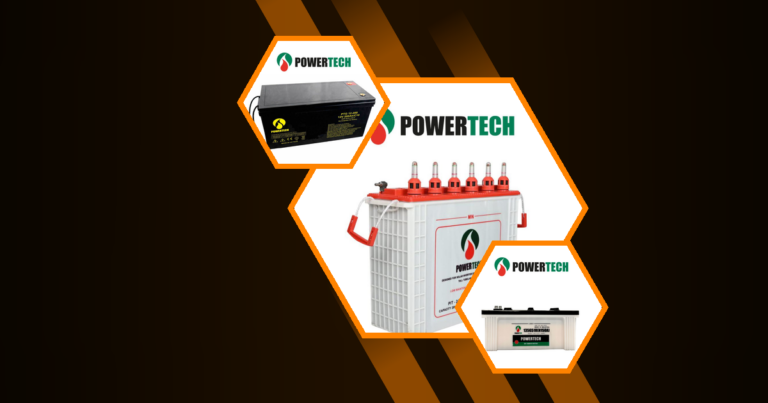Maintaining the charging system in heavy-duty trucks is crucial for ensuring their reliability and performance. This article delves into common issues, diagnostic techniques, and preventive measures to keep your truck’s charging system in top shape.
Common Symptoms of Charging and Starting System Problems in Semi-Trucks
Battery Drain and Slow Cranking
Battery drain and slow cranking are telltale signs of charging system issues. When a truck’s battery is unable to hold a charge, it can lead to sluggish engine starts. This often indicates a problem with the alternator or battery itself. Regular checks can help identify these issues early.
- Frequent need for jump-starts
- Engine struggles to start
- Battery warning light on the dashboard
Dimming Lights and Electrical Malfunctions
Dimming lights and electrical malfunctions can signal alternator problems. If the alternator isn’t providing enough power, the truck’s electrical systems may not function properly. This can affect everything from headlights to dashboard instruments.
- Headlights dimming when idling
- Flickering dashboard lights
- Malfunctioning electronic accessories
Unusual Noises from the Alternator
Unusual noises from the alternator, such as grinding or whining, can indicate mechanical issues. These sounds often result from worn-out bearings or a failing alternator belt. Addressing these noises promptly can prevent further damage.
- Grinding or whining sounds
- Squealing noise from the engine bay
- Alternator belt slipping or fraying
Diagnosing Alternator Issues in Heavy-Duty Vehicles
Visual Inspection and Belt Tension Check
A visual inspection and belt tension check are the first steps in diagnosing alternator issues. Look for signs of wear or damage on the alternator and ensure the belt is properly tensioned. A loose or damaged belt can lead to charging problems.
- Inspect alternator for physical damage
- Check belt for cracks or fraying
- Ensure proper belt tension
Voltage Output Testing
Voltage output testing helps determine if the alternator is functioning correctly. Using a multimeter, measure the voltage output while the engine is running. A healthy alternator should produce between 13.5 and 14.5 volts.
- Use a multimeter to test voltage
- Compare readings to manufacturer specifications
- Identify underperforming alternators
Load Testing the Alternator
Load testing the alternator assesses its ability to handle electrical demands. This test simulates real-world conditions to ensure the alternator can maintain voltage under load. It’s a crucial step in diagnosing charging system issues.
- Perform load test with specialized equipment
- Evaluate alternator performance under stress
- Identify potential failures
Battery Maintenance and Replacement for Semi-Trucks
Regular Battery Inspections
Regular battery inspections are essential for maintaining a reliable charging system. Check for signs of corrosion, leaks, or physical damage. Early detection of issues can prevent unexpected breakdowns.
- Inspect battery terminals for corrosion
- Check for physical damage or leaks
- Test battery voltage regularly
Proper Cleaning and Terminal Care
Proper cleaning and terminal care can extend battery life. Corroded terminals can impede electrical flow, leading to charging problems. Clean terminals with a mixture of baking soda and water to ensure optimal performance.
- Clean terminals with baking soda solution
- Use a wire brush to remove corrosion
- Apply terminal protectant to prevent future corrosion
When to Replace Truck Batteries
Knowing when to replace truck batteries is crucial for avoiding unexpected failures. Most batteries last 3-5 years, but frequent issues may indicate the need for replacement sooner. Monitor battery performance and replace as needed.
- Replace batteries every 3-5 years
- Monitor for frequent charging issues
- Consider battery age and performance
Charging System Components and Their Functions
Alternator Operation in Heavy-Duty Trucks
The alternator is the heart of the charging system, converting mechanical energy into electrical energy. It powers the truck’s electrical systems and charges the battery while the engine runs. A malfunctioning alternator can lead to a host of issues.
- Converts mechanical energy to electrical energy
- Powers electrical systems and charges battery
- Essential for reliable truck operation
Voltage Regulator Role
The voltage regulator ensures the alternator produces a consistent voltage output. It prevents overcharging or undercharging, which can damage the battery and electrical components. A faulty regulator can lead to erratic charging behavior.
- Maintains consistent voltage output
- Prevents battery overcharging or undercharging
- Protects electrical components
Battery Isolators and Their Importance
Battery isolators are crucial for managing multiple battery systems. They allow for independent charging and discharging, preventing one battery from draining another. This is especially important in trucks with auxiliary power needs.
- Manages multiple battery systems
- Prevents battery drain between systems
- Essential for trucks with auxiliary power needs
Troubleshooting Starting System Failures
Starter Motor Engagement Problems
Starter motor engagement problems can prevent the engine from starting. This issue often stems from a faulty starter motor or solenoid. Diagnosing and addressing these problems can restore reliable starting performance.
- Check starter motor for wear or damage
- Test solenoid function
- Ensure proper electrical connections
Solenoid and Relay Issues
Solenoid and relay issues can disrupt the starting process. A malfunctioning solenoid may prevent the starter motor from receiving power. Testing these components can help identify and resolve starting system failures.
- Test solenoid for proper operation
- Inspect relays for damage or wear
- Replace faulty components as needed
Wiring and Connection Checks
Wiring and connection checks are vital for diagnosing starting system failures. Loose or corroded connections can impede electrical flow, leading to starting issues. Regular inspections can prevent these problems.
- Inspect wiring for damage or corrosion
- Ensure all connections are secure
- Repair or replace damaged wiring
Preventive Maintenance for Charging and Starting Systems
Regular System Inspections
Regular system inspections are key to preventing charging and starting issues. Check all components for signs of wear or damage and address any issues promptly. This proactive approach can extend the life of your truck’s systems.
- Inspect alternator, battery, and wiring
- Address wear or damage immediately
- Schedule routine maintenance checks
Keeping Connections Clean and Tight
Keeping connections clean and tight ensures optimal electrical flow. Corroded or loose connections can lead to charging and starting problems. Regular cleaning and tightening can prevent these issues.
- Clean connections with appropriate solutions
- Tighten loose connections
- Apply protectant to prevent corrosion
Monitoring Battery Health
Monitoring battery health is crucial for reliable truck operation. Regularly test battery voltage and performance to identify potential issues early. This can prevent unexpected breakdowns and extend battery life.
- Test battery voltage regularly
- Monitor for performance declines
- Replace batteries as needed
Advanced Diagnostic Techniques for Charging System Issues
Using Multimeters and Load Testers
Using multimeters and load testers allows for precise diagnostics of charging system issues. These tools can measure voltage, current, and load capacity, providing valuable insights into system performance.
- Measure voltage and current with multimeters
- Perform load tests to assess capacity
- Identify underperforming components
Interpreting Diagnostic Trouble Codes (DTCs)
Interpreting diagnostic trouble codes (DTCs) can pinpoint specific issues within the charging system. These codes provide detailed information about system malfunctions, aiding in accurate diagnosis and repair.
- Retrieve DTCs with diagnostic tools
- Analyze codes for specific issues
- Use codes to guide repairs
Parasitic Draw Testing
Parasitic draw testing identifies unwanted electrical drains on the battery. This test helps locate components that may be drawing power when the truck is off, preventing battery drain and ensuring reliable starts.
- Perform parasitic draw test with specialized equipment
- Identify components causing power drain
- Address issues to prevent battery drain
Impact of Extreme Weather on Truck Charging Systems
Cold Weather Battery Performance
Cold weather can significantly impact battery performance. Low temperatures reduce battery capacity, making it harder to start the engine. Ensuring the battery is in good condition can mitigate these effects.
- Cold temperatures reduce battery capacity
- Harder engine starts in cold weather
- Maintain battery health for optimal performance
Heat-Related Alternator Stress
Heat can cause stress on the alternator, leading to premature failure. High temperatures can damage internal components, reducing efficiency. Regular maintenance can help prevent heat-related issues.
- High temperatures stress alternator components
- Reduced efficiency and potential failure
- Regular maintenance to prevent heat damage
Moisture and Corrosion Prevention
Moisture can lead to corrosion in the charging system, affecting performance. Protecting components from moisture and regularly cleaning connections can prevent corrosion-related issues.
- Moisture leads to corrosion in components
- Affects charging system performance
- Regular cleaning and protection to prevent issues
Upgrading Charging Systems for Enhanced Performance
High-Output Alternators
High-output alternators provide more power, supporting additional electrical demands. Upgrading to a high-output alternator can enhance performance, especially in trucks with extensive electrical systems.
- Provides more power for electrical demands
- Supports additional accessories and systems
- Enhances overall performance
Dual Battery Setups
Dual battery setups offer increased capacity and reliability. This configuration allows for independent operation, reducing the risk of complete power loss. It’s ideal for trucks with high power needs.
- Increased capacity and reliability
- Independent operation reduces power loss risk
- Ideal for high power demand trucks
Smart Charging Technologies
Smart charging technologies optimize battery charging, extending battery life. These systems adjust charging rates based on battery condition, ensuring efficient and safe charging.
- Optimizes battery charging for efficiency
- Extends battery life with smart adjustments
- Ensures safe and effective charging
Cost Considerations for Charging System Repairs
DIY vs. Professional Repair
Deciding between DIY and professional repair depends on the issue’s complexity. Simple tasks like cleaning terminals can be done at home, but complex diagnostics may require professional expertise. Weigh the pros and cons before deciding.
- Simple tasks can be DIY
- Complex diagnostics need professional help
- Consider skill level and tools available
Long-Term Benefits of Quality Parts
Investing in quality parts offers long-term benefits. High-quality components last longer and perform better, reducing the need for frequent repairs. This investment can save money and time in the long run.
- Quality parts last longer
- Better performance and reliability
- Reduces need for frequent repairs
Warranty Options for Repairs
Warranty options for repairs provide peace of mind. Many parts and services come with warranties, protecting against defects and failures. Consider warranty coverage when choosing parts and services.
- Warranties offer protection against defects
- Provides peace of mind for repairs
- Consider coverage when selecting parts
FAQs
How often should I replace the batteries in my semi-truck?
Batteries in semi-trucks should typically be replaced every 3-5 years. However, frequent charging issues or performance declines may necessitate earlier replacement. Regular inspections can help determine the optimal replacement schedule.
What are signs of a failing alternator in a heavy-duty truck?
Signs of a failing alternator in a heavy-duty truck include dimming lights, electrical malfunctions, and unusual noises. These symptoms often indicate the alternator isn’t providing sufficient power. Regular inspections can help catch these issues early.
Can I jumpstart a semi-truck with a car battery?
Jumpstarting a semi-truck with a car battery is not recommended. Car batteries typically lack the power needed to start a heavy-duty truck. Using a truck battery or a jump starter designed for heavy vehicles is safer and more effective.
